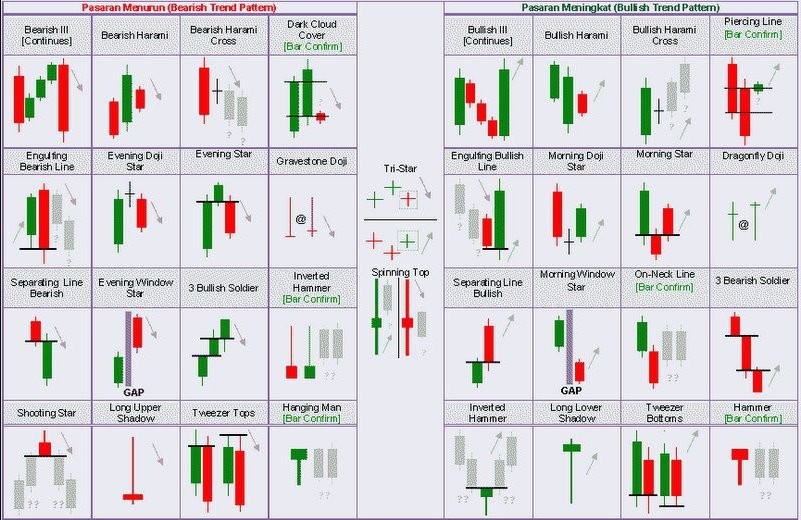Identifying Forex Chart Patterns
Post on: 12 Апрель, 2015 No Comment

The chart pattern which is most similar to a pennant is the rectangle. This pattern is another type of continuation pattern. This means that this pattern forms either during an uptrend or during a downtrend and creates a pause in the momentum of the currency pair . It signals that there is a strong possibility that after the pause in momentum the price action will continue in the same direction.
Rectangular patterns are fx chart patterns that are easily recognised even by newbie traders who are starting out in online forex trading because the upper line on the rectangle is horizontal and parallel to the bottom line of the rectangle, with the price action oscillating between the upper resistance line and the lower support line. It is a clear indication that there is a period of consolidation in progress or that there is indecision amongst buyers and sellers as neither can force the other out of the way. Indeed the price action tests the support and resistance levels numerous times before there is a breakout from the pattern and the price action continues in the same direction, either upwards or downwards.
The rectangle shown on the chart below is an example of a bearish rectangle. The price action is in a downward trend and then moves into consolidation mode and a rectangle is formed. The price action oscillates between the resistance line and the support line for over 20 time periods while the bears and the bulls battle each other. Eventually the bears win out and the price action continues its downward direction, a trader would consider the bearish rectangle a sell signal and place a sell trade just below the support level, but just in case it’s a false signal, a prudent trader would also place a stop on the resistance line.

The exact opposite of the bearish rectangle is the bullish rectangle. As the name suggests this rectangle chart pattern is formed on an upward trend and as we can see from the price chart below the rectangle forms a consolidation or pause in the upward price action. As with the bearish rectangle the bullish rectangle is formed with a resistance line and a support line and the price action oscillates between the two as the bulls and bears try to get the upper hand.
The bulls prevail and there is a breakout and the price action continues on its upward direction. A trader would see the formation of a bullish rectangle as a buy signal and place a buy trade just above the resistance line. However, in the case that the pattern is giving a false signal the trader would probably place a stop just below the support line.














